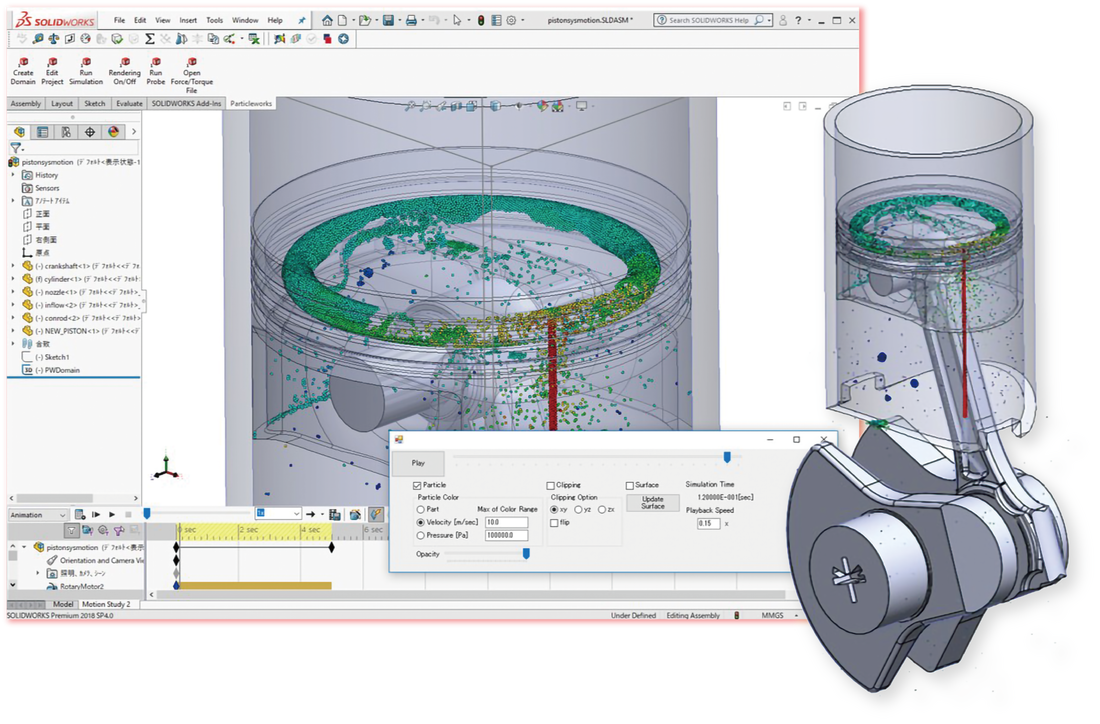Mesh-Free CFD Software for SOLIDWORKS
Announcing Particleworks for SOLIDWORKS
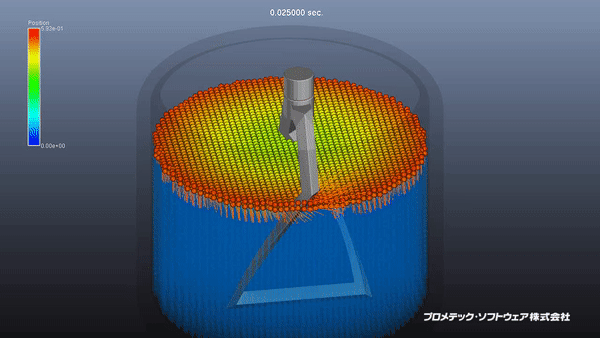 Particleworks is CFD for SOLIDWORKS as an add-in tool for SOLIDWORKS. Particleworks for SOLIDWORKS makes the CFD free surface flow simulations with large deformations possible (splashing, spraying, mixing, etc.).
Particleworks is CFD for SOLIDWORKS as an add-in tool for SOLIDWORKS. Particleworks for SOLIDWORKS makes the CFD free surface flow simulations with large deformations possible (splashing, spraying, mixing, etc.).
SOLIDWORKS Add-in
Processes of simulation condition settings, calculations and visualizations, are executed through the SOLIDWORKS GUI. The 3D CAD environment enables you to execute flow simulations and showing quick result for each shape, size and configuration settings.
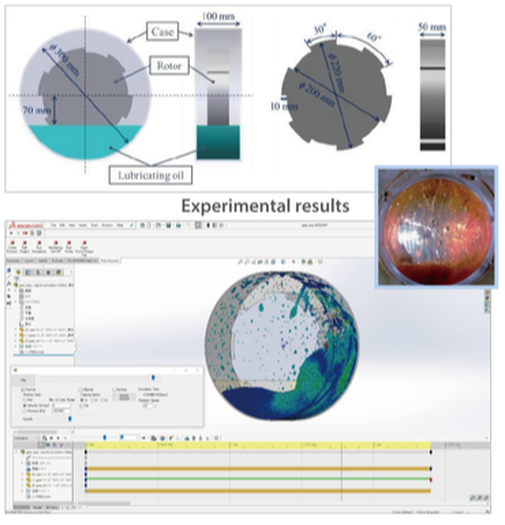
Particleworks for SOLIDWORKS is CFD flow simulation that enables you to quickly and effectively simulate fluid flow, heat transfer and fluid forces. Seamlessly integrated into the SOLIDWORKS CAD software, Particleworks for SOLIDWORKS can run numerous what if studies in real world environments, in turn studies can be compared allowing for design optimisation and superior performance. Using engineering goals as the driving force, Particleworks for SOLIDWORKS simplifies computational fluid dynamics (CFD) assisting Product Engineers with key decisions thanks to its concurrent engineering approach.
Get a free trial of SOLIDWORKS CFD Price with the below form.
User-friendly Operation with Minimal Input
The effort needed from engineers has been decreased to the minimum, so they can evaluate their product design through CFD simulation in the front-loading stage at ease.

Created for Straightforward Fluid Flow Applications
Particleworks for SOLIDWORKS is an entry level CFD software version of Particleworks for 3D CAD. Some of the main simulation applications include:
- Splashing (e.g. gear oil splashing)
- Mixing (e.g. food, chemical goods, and pharmaceutical products)
- Spraying
How is it Meshless?
The MPS method is a is way to simulate fluid that expresses fluid as groups of particles. The only reason to have a mesh is to have calculation point. For MPS, the particles are calculation points and are able to move flexible so we can simulate the fluid behavior with the particle method without needing to generate a mesh.
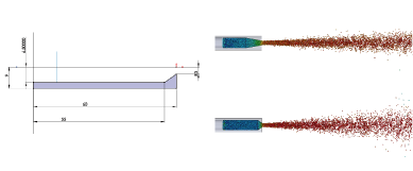
Shown here is is a sloshing fluid in a container. AsI the container is moved, the fluid is also oscillated.
Traditional meshing techniques simulate fluid motion of small amplitude:

But, it is very difficult for them to simulate larget motion like we have in this exmaple because of the large deformation, splitting and coalescence of fluid. If we apply mesh based methods to the problem, we need to carry out very complicated and advanced techniques. All of this makes it take a long time for pre-process and for the computations.
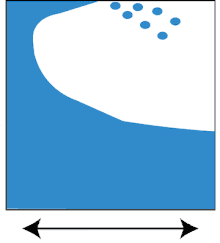
Using the MPS method, we can simulate the complex situation ( movie 1). This is because the MPS method expresses fluid as groups of particles. There are no problems with large deformation, splitting and coalescence of fluid. Simulations of water splashing are easy for the particle method.
Introducing Particleworks
The particle method models the fluid itself with particles without using a lattice that represents space. To be precise, "particle" of the particle method does not represent a substance such as water droplet but "calculation point" for calculating the flow velocity and pressure, which corresponds to the lattice point of the lattice method. Since the particles themselves represent the fluid flow, it is not necessary to set the analysis area in advance. This is very effective when tracking the state where droplets of fluid widely scatter. Free surface is also intuitively visualized by particle distribution. Even for containers and pipes of complicated shape, if there is CAD data of the wall shape, it is easy to model the fluid part. The analyst specifies only the initial particle spacing and the particles are evenly distributed according to the specified interval. This dramatically shortens the process of preparing an analysis model and enables analysts to concentrate on analysis and results verification.
For Engineers relying on tests because traditional CFD is taking too long, complex and resource demanding. Particleworks can help you save money through CAE simulation.


Want to Learn More about the Full ParticleWorks Version? Click here for detailed product information

